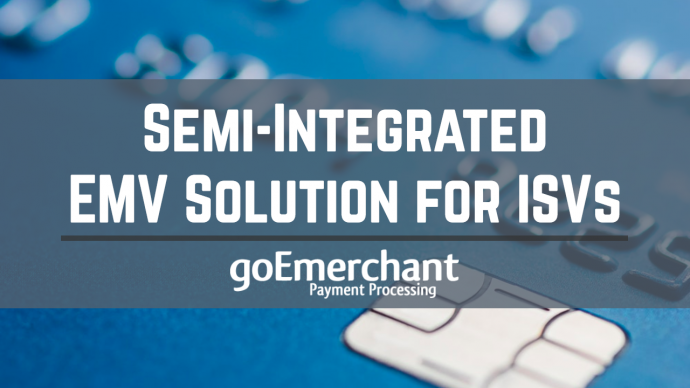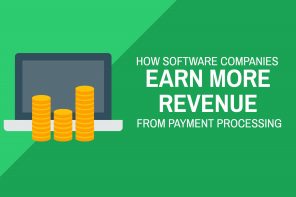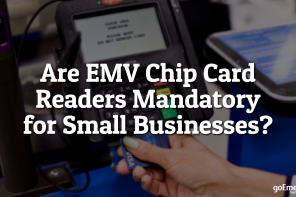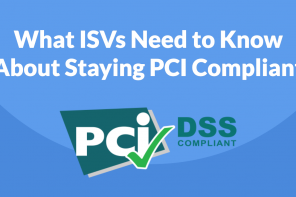There are typically two hurdles that prevent ISVs from integrating EMV into their business’ solutions: time and money.
Sound familiar? Initially, the process can seem overwhelming and confusing, which is why we’re here to show you just how simple EMV integration can be.
It’s now been two full years since the EMV liability shift went into effect. That means if you’re not EMV-compliant, you could find yourself unnecessarily liable for costly charges.
Not only will EMV integration offer better, more secure payment processing for your customers, but it will also ensure you’re protecting yourself, your business and your bottom line. EMV-compliant devices can read the encrypted data stored on the card itself, allowing a transaction to occur without sensitive cardholder data being transmitted across a business’ POS or card reader.
Integrated EMV is vital for ISVs looking to improve the ability to provide secure solutions to their customers. With rising fears of card data breaches, achieving better, faster EMV integration for ISVs matters now more than ever.
Where to Start: Streamlining your EMV Integration Process
Your business wasn’t built by wasting time. You’ll want to choose an EMV solution provider that helps you integrate EMV in a matter of days, instead of tackling the process over an extended period-of-time.
Look for a partner that offers a software development kit (SDK) to ensure the data from the POS is properly routed for EMV transactions. Beyond that, you’ll want a partner with 24/7 tech support and offers practical guidance anytime you need help, even after the integration is complete. By working with a partner like goEmerchant to integrate EMV for ISVs, you’ll have experts involved in each step of the process.
To give you some context, working with goEmerchant provides your team with sales support, integration help, tech support, hardware support, and ISV/VAR support. We view our role in the process as an extension of your team, ensuring the integration is successful in doing what it’s designed to do: protecting your business, your data, and your customers from outside threats.
To keep unnecessary risk out of the transaction process, EMV-capable payment devices handle the processing of the transaction instead of the POS device, keeping the merchant out of PCI scope for a majority of purchases. This creates another layer of protection for your business so you can rest easy at night knowing your systems are fully compliant your customers are safe.
Relying on an EMV certified payment processor to handle your integration reduces your liability as a business, eliminates the need to get your own EMV card brand certification and increases the overall security of your systems.
Why Faster EMV Integration Matters
With rising fraud rates penetrating the commerce ecosystem, now is the time for to get EMV compliant. As the global standard for credit and debit card payments, EMV creates a one-time use code (tokenization) for each transaction. The added protection comes with the tiny chip embedded in the card, encrypting every transaction.
The benefits of EMV credit card processing terminals are vast but don’t stop with your payment processing terminals. EMV terminals also reduce counterfeit card fraud and enable your business to accept more diverse forms of payment (chip cards, contactless and mobile).
Eliminating liability alone is a compelling reason to integrate EMV. It protects cardholder data, allowing you to avoid costly and complicated litigation associated with a potential credit card breach.
With goEmerchant, our EMV solutions are also NFC capable which future-proofs your payment systems. By relying on the right payment processing partner, your business can be well equipped to ease the EMV integration transaction within a matter of days.
Are you ready to integrate EMV today? See how goEmerchant can help you get started with these three easy-to-integrate solutions.




